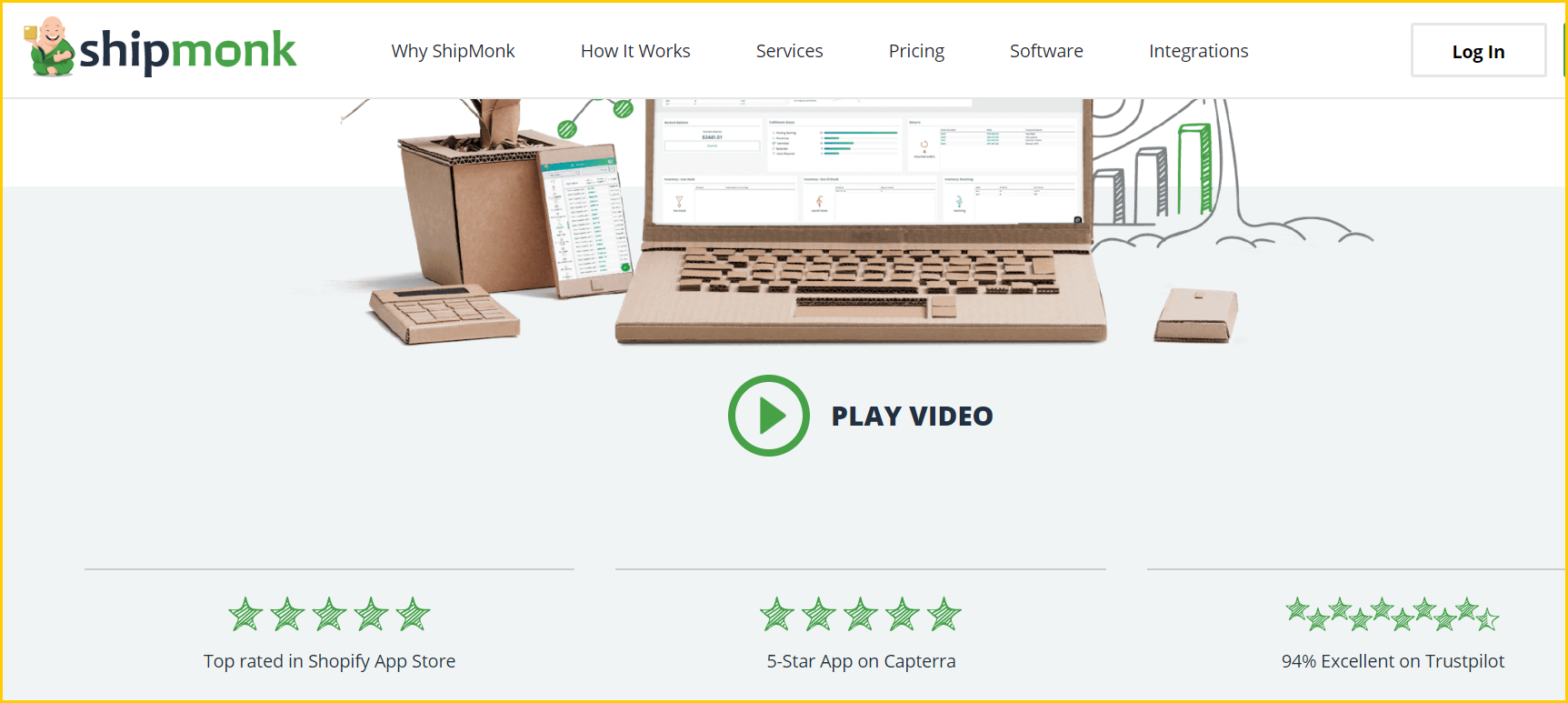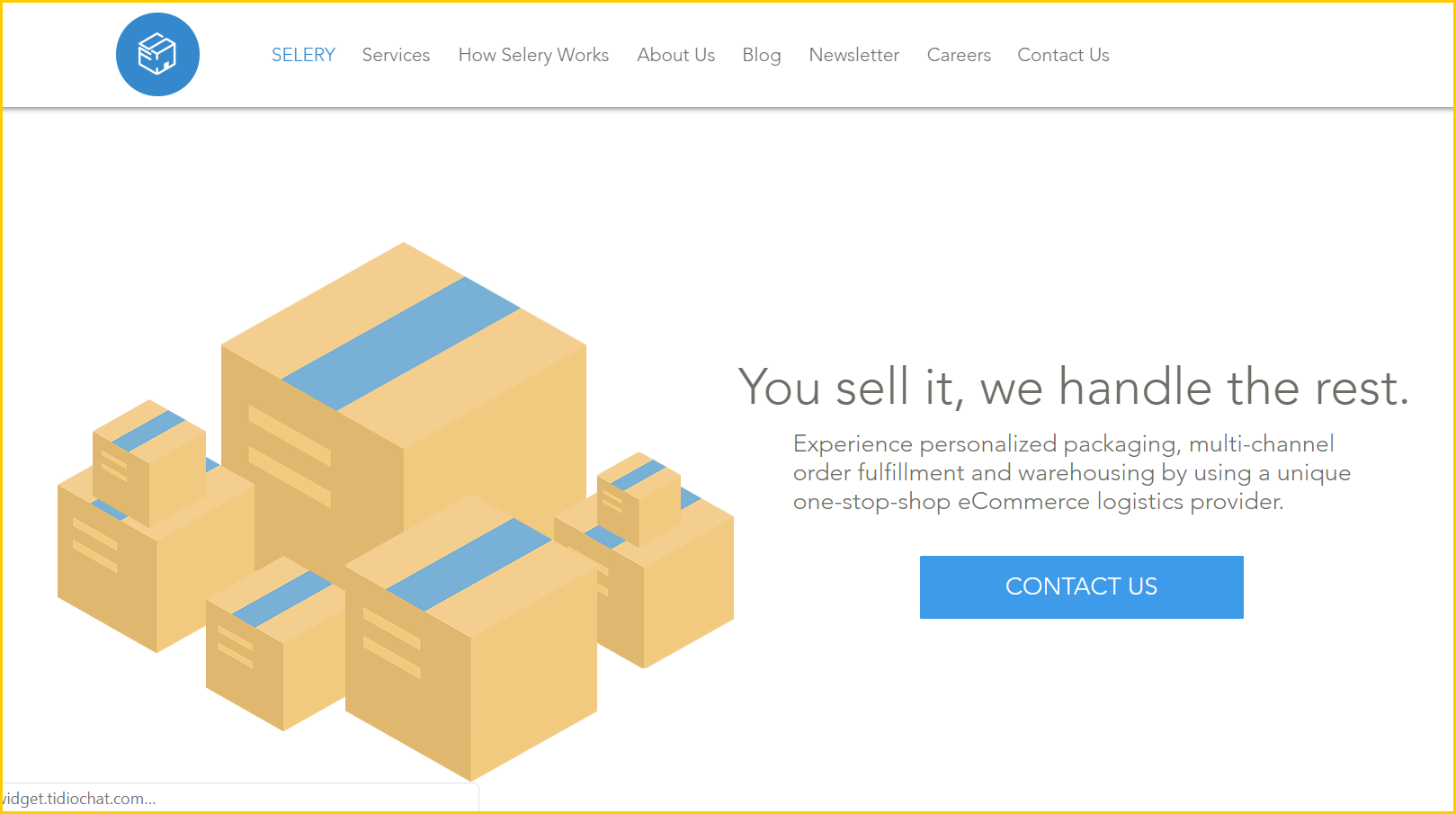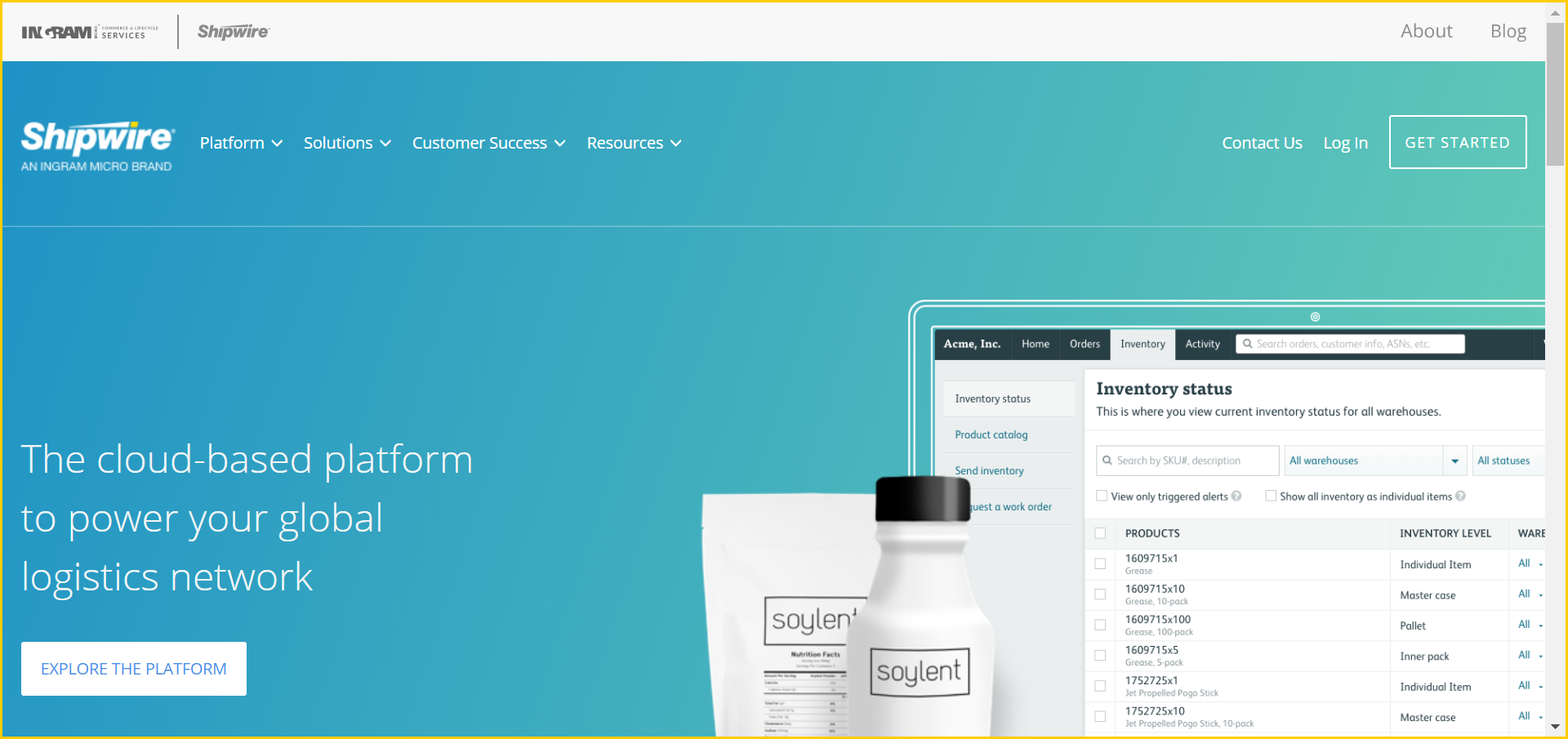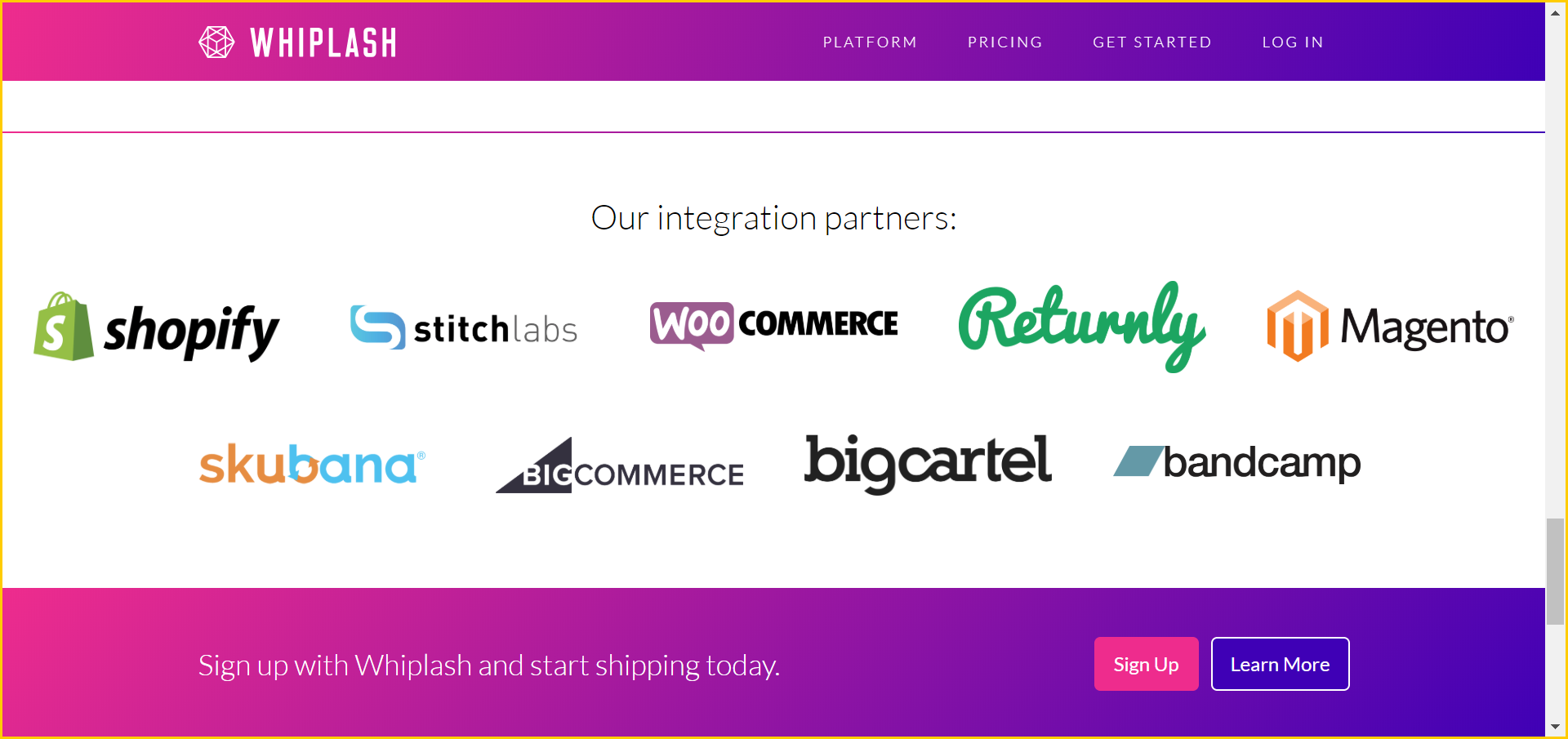Answer
Apr 22, 2019 - 07:38 AM

Shipmonk’s software links with the shopping cart on your site to automate the fulfillment process.
You will need to pay the freight costs of sending inventory to Shipmonk from your supplier. However, the service takes care of packing, shipping, and tracking products to your customers.
The cost depends on the size of your fulfillment needs. You’ll need to pay fees for storage as well as shipping inventory, and you’ll also pay depending on how many orders get processed each month. (There’s an added fee if you don’t sell at least 100 products in a given month.)
Although it’s impossible to say what you’d pay without knowing the size of your store, many reviewers do say Shipmonk is affordable. On their site, you can fill out your information to get a custom quote.
Shipmonk Pros
With Shipmonk, it’s very easy to track your orders on the platform. Even though you’re not running everything, you’ll still be able to tell what orders are getting fulfilled, when they get shipped, and so on.
Many people find the service simple to use. The interface is very straightforward, and it integrates well with WooCommerce, Shopify, Amazon, PayPal, eBay, Magento, and other platforms.
And, of course, the main benefit of these fulfillment services is saving time. You (and your team) can do a lot more for your business when you’re not lending your time to packing and shipping things yourself.
Shipmonk Cons
While the service is popular, Shipmonk’s customer care has mixed reviews. If you run into an issue, you might have a hard time getting assistance from their support team.
Also, while Shipmonk does send detailed billing reports, you will need to be responsible for checking them for errors. Some users have noted billing errors that they had to get resolved.
If there’s a delay on their end for any reason, there’s no guarantee that you can get it resolved before you lose customers. However, this risk will apply to any fulfillment service you use. Finally, the lack of a mobile Shipmonk app might make things difficult for those who usually do business on the go.
How Selery Works

Selery fulfills orders across channels, while also providing packaging and warehousing, much like Shipmonk does.
The platform ships your orders within 24 hours from its fulfillment centers in and around Dallas. Although their website promises “simple pricing,” it’s again impossible to know what you’ll pay until you provide your information to get an estimate. The cost will depend on your needs, inventory volume, and other variables.
Selery Pros
With Selery, you can view your inventory, orders, and sales information in real-time, and manage orders as needed. Selery integrates with Shopify, WooCommerce, Amazon, eBay, WalMart, and Magento, and more, making it competitive with Shipmonk.
However, one of the main things that sets Selery apart is its approach to software. With Selery, you don’t have to use designated software to manage inventory and orders. Instead, you can use it with any software that suits your needs best.
Selery Cons
While Shipmonk has two fulfillment centers - one in California and one in Florida - Selery has centers only in the Dallas area. Depending on where your customers are, this could be an important limitation. And if you want to ship globally, the lack of global centers from either service is a problem.
Selery also has very few reviews online, making it harder to see if other users might have run into foreseeable problems with the service. That alone might be enough to make you hesitate to try it.
Other Possible Solutions
Need another option for fulfillment? Here are a few to consider.
Shipwire

Shipwire is a widely used cloud-based service, and it’s easy to integrate with platforms like Shopify. You can use your warehouses or their own to fulfill orders, which provides appealing flexibility. As usual, pricing depends on need.
However, many users have noted issues with Shipwire losing inventory or shipping things out too slowly, making this a less attractive option than the rest. Although it’s widely used, there are better options.
Whiplash

This sleek app offers an updated alternative that might appeal to you if you want streamlined simplicity.
With Whiplash, you’re also working with facilities all over the U.S., plus one in Canada and one in the U.K. This makes Whiplash a better choice for some international brands. While you’ll pay based on volume, the pricing looks competitive with the other options here.
Marketplace Valet

If you want a fulfillment option that goes above and beyond with its services, you could try Marketplace Valet.
This choice not only handles fulfillment, but it also lists the items you sell on its own marketplaces to help grow your sales. This might be useful if you want to break into new marketplaces without doing all the work yourself.
Their site doesn’t make it clear how much you’ll pay for the service, but you can probably expect it to cost more than the competition, since there’s the added perk of listing your products.
Which One Should You Choose?
As always, the experience of other users is a good way to make your final choice. Of course, you’ll also need to pick a fulfillment service that’s affordable, that uses software you like, and that syncs with your store.
Although it’s widely used, I’d avoid Shipwire thanks to its bad reviews. Selery and Marketplace Valet are also a bit risky, since there aren’t many reviews about them at all yet. That leaves Shipmonk and Whiplash as the top choices here. They’re well-reviewed, easy to use, and sync well with all the main ecommerce platforms, making them a safe bet for fulfillment.





Add New Comment